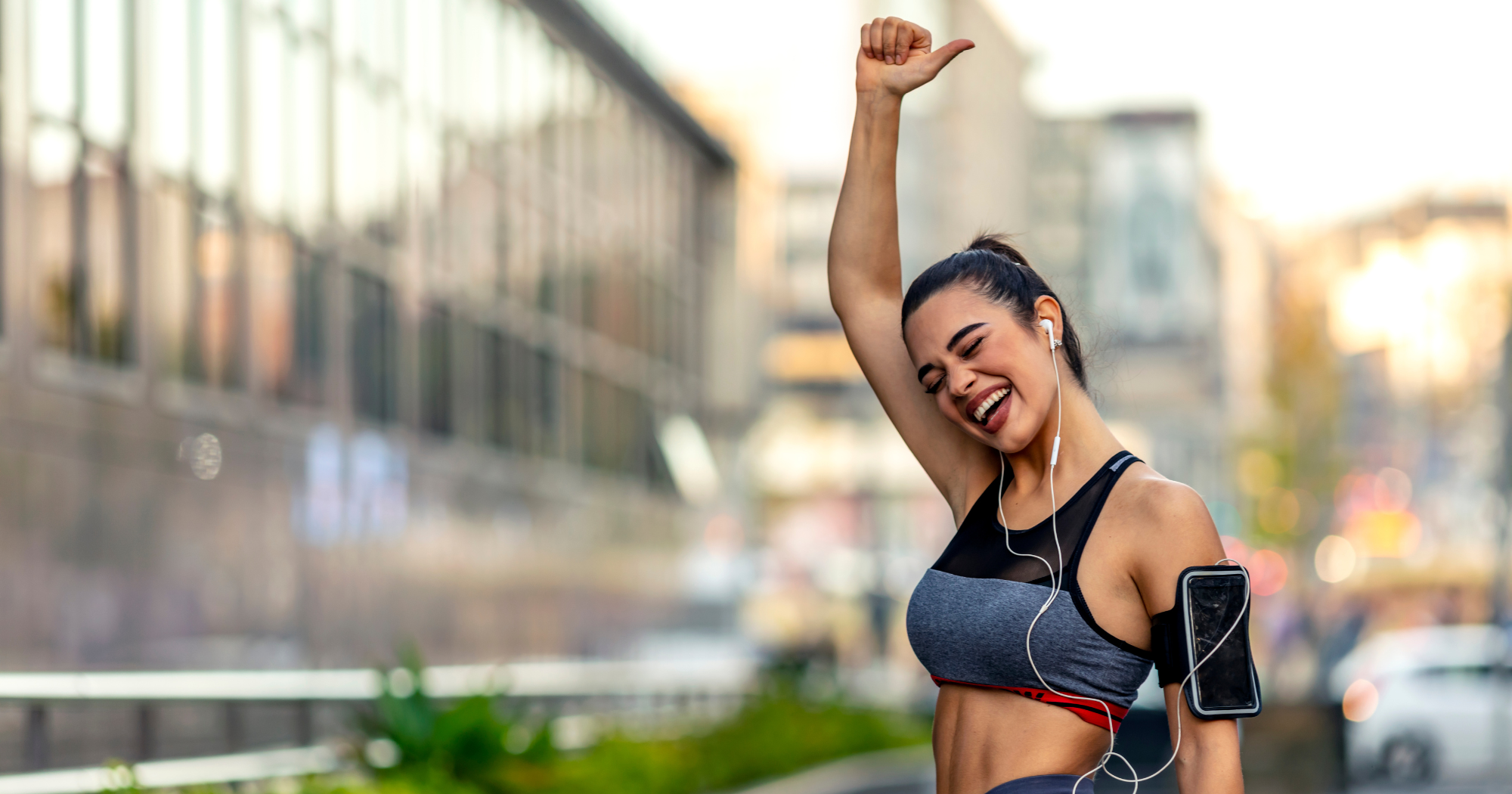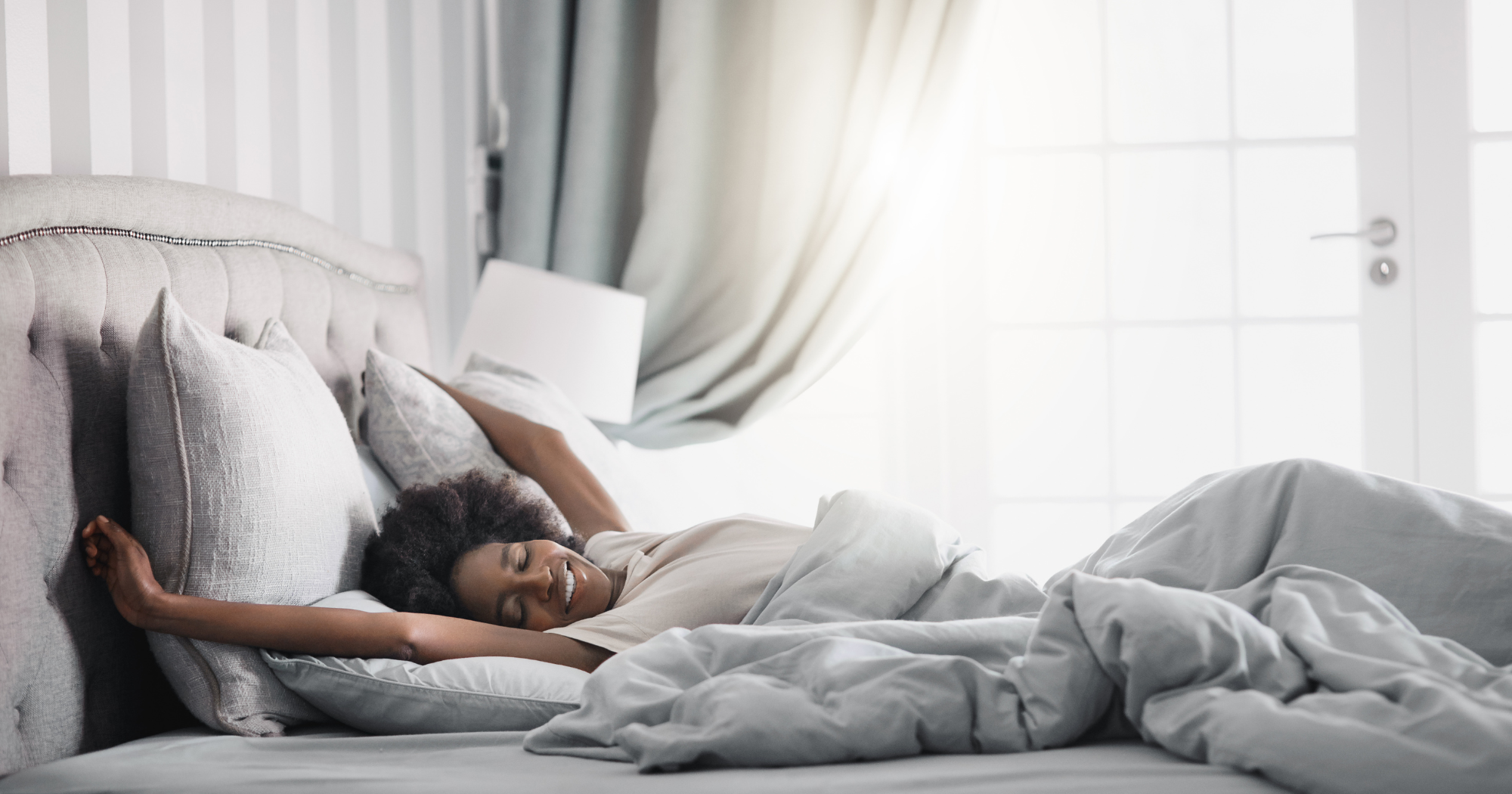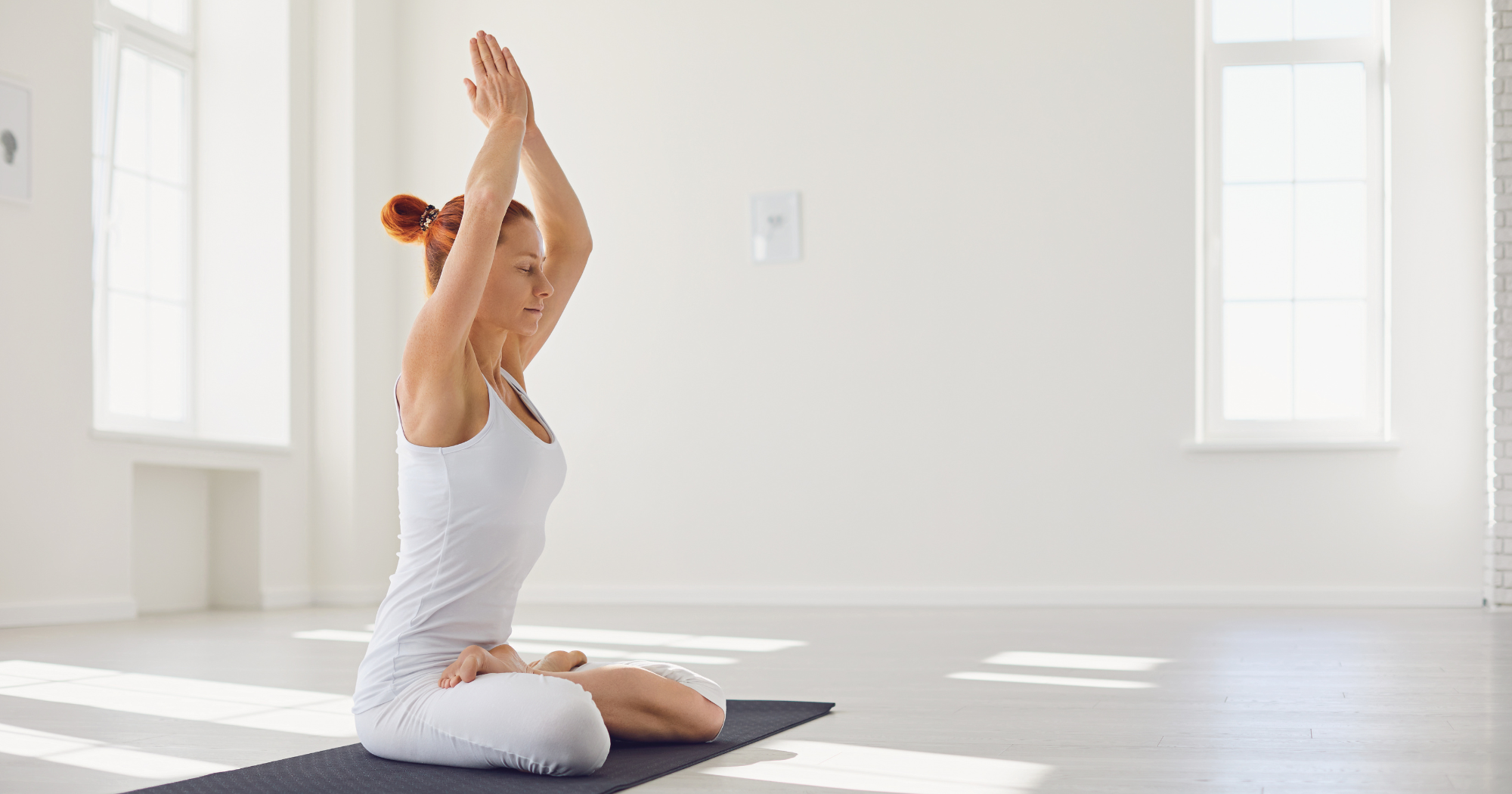
Harnessing the Power of Walking: Can It Really Build Muscle?
, by FLOW Admin, 4 min reading time
1,200+ satisfied customers  (4.7/5)
(4.7/5)

, by FLOW Admin, 4 min reading time
The quest for muscle building often conjures images of heavy weights and intense gym sessions. But what about the humble act of walking? Can this everyday activity contribute to muscle development? This blog post examines the muscle-building capabilities of walking and the role a walking pad can play in enhancing these effects.
Before delving into the potential of walking for muscle building, it's crucial to grasp the fundamentals of muscle growth. Muscles grow in response to resistance or stress placed upon them. This stress causes microscopic damage to muscle fibers, triggering a process known as muscle hypertrophy, where the muscle fibers repair and grow larger to adapt to the stress placed upon them.
At first glance, walking may not appear to provide the significant resistance required for muscle growth, especially when compared to weightlifting or resistance training. However, walking does engage various muscle groups throughout the body, including the legs, glutes, core, and even the upper body to some extent.
While a single leisurely stroll may not be sufficient to stimulate significant muscle growth, consistency and duration play crucial roles in harnessing walking's potential benefits for muscle development. Incorporating brisk walking into your daily routine, along with gradually increasing the duration and intensity, can help create a cumulative effect on muscle stimulation over time.
Walking on a walking pad or treadmill offers a different experience compared to navigating uneven outdoor terrains. While these natural surfaces challenge the body to adjust and maintain balance, thus providing a more comprehensive workout, walking on a treadmill still has its merits.
A walking pad provides a consistent and even surface which allows for a focused and steady walking session. The controlled environment of using a walking pad can be particularly beneficial for those seeking a less strenuous option or for specific training purposes. Additionally, walking pads offer the unique advantage of multitasking. They allow you to integrate physical activity into your daily routine effortlessly. You can listen to podcasts, watch your favourite TV series, or take a stroll while working.
Walking is not just a standalone exercise; it's an excellent complement to strength training. Regular walking can significantly contribute to muscle growth and improve the resilience of tendons, joints, and other supporting structures. While it may not replace heavy lifting for muscle mass, walking is an effective active recovery tool and aids in overall muscle endurance and toning.
While walking may not rival traditional strength training in terms of muscle-building potential, it can still play a valuable role in improving overall muscle tone, strength, and endurance, especially for beginners or those looking for low-impact options. Moreover, walking offers a plethora of additional health benefits, including improved cardiovascular health, stress reduction, and enhanced mood, making it a versatile and accessible form of exercise for individuals of all fitness levels.
The muscle-building potential of walking, compared to other aerobic exercises like cycling or swimming, is generally lower in terms of intensity and muscle engagement. Walking is excellent for toning and strengthening, but cycling and swimming offer more resistance, which can lead to more significant muscle growth.
Muscle toning results from regular walking exercises vary by individual, depending on factors like walking pace, frequency, and overall lifestyle. Generally, noticeable improvements may take several weeks or months of consistent walking.
Consistent use of walking pads offers numerous health benefits besides muscle toning, including improved cardiovascular health, enhanced mood, better joint flexibility, and reduced stress levels.
Finally, the long-term effects of walking on muscle mass and density are generally more modest compared to resistance training. While walking can help maintain muscle tone and prevent muscle loss, especially in older adults, resistance training is more effective for significantly increasing muscle mass and density.


